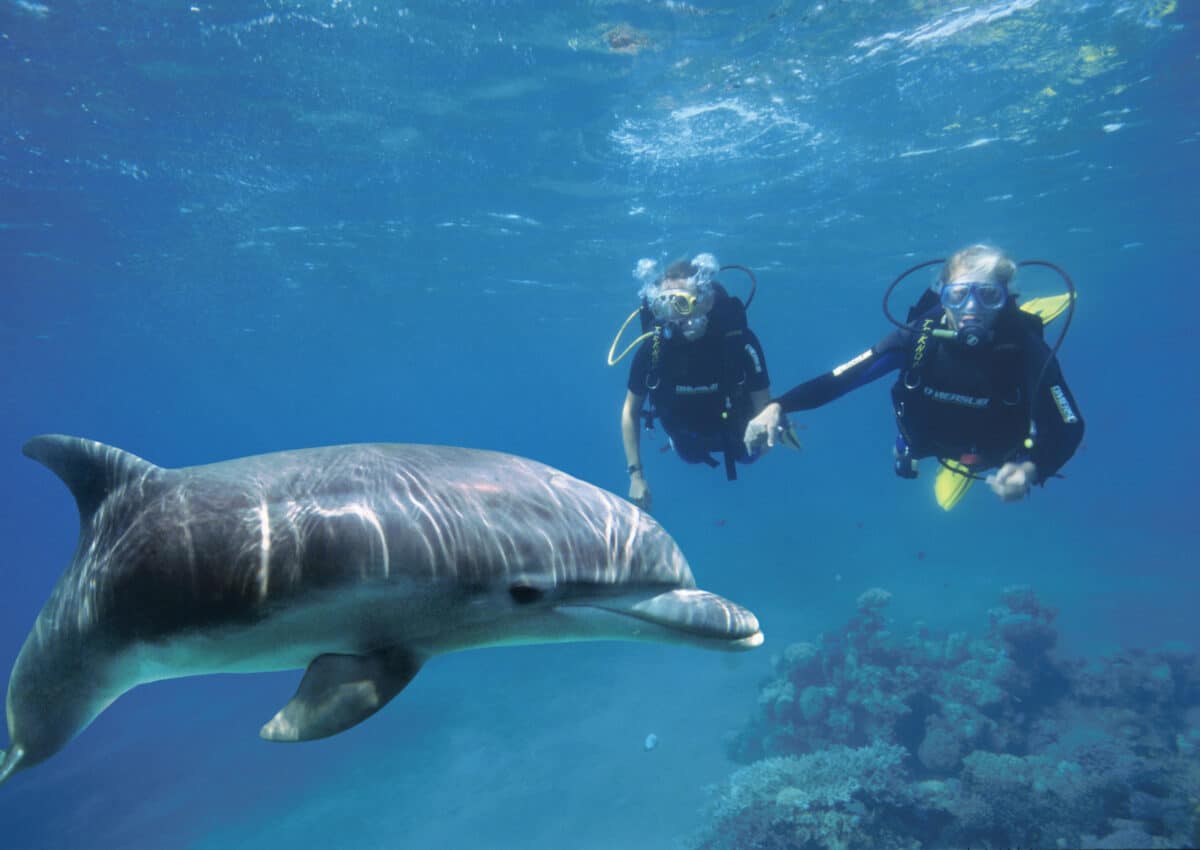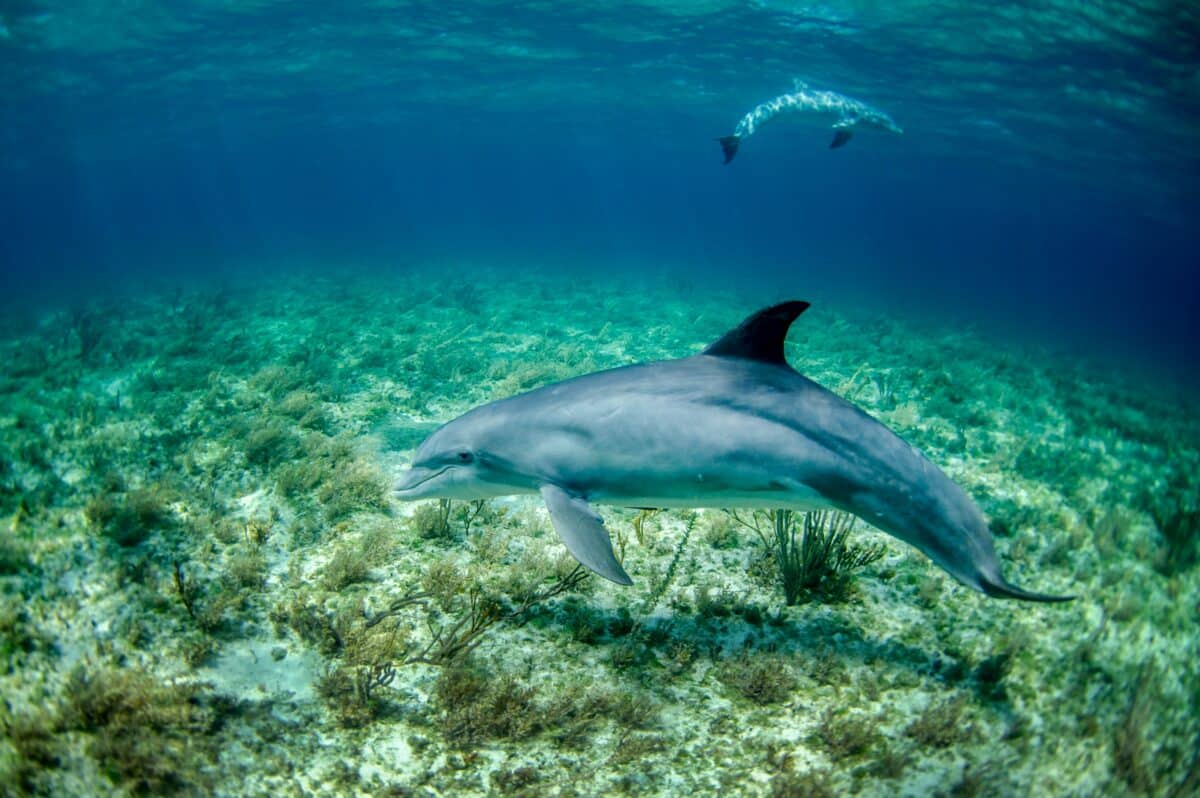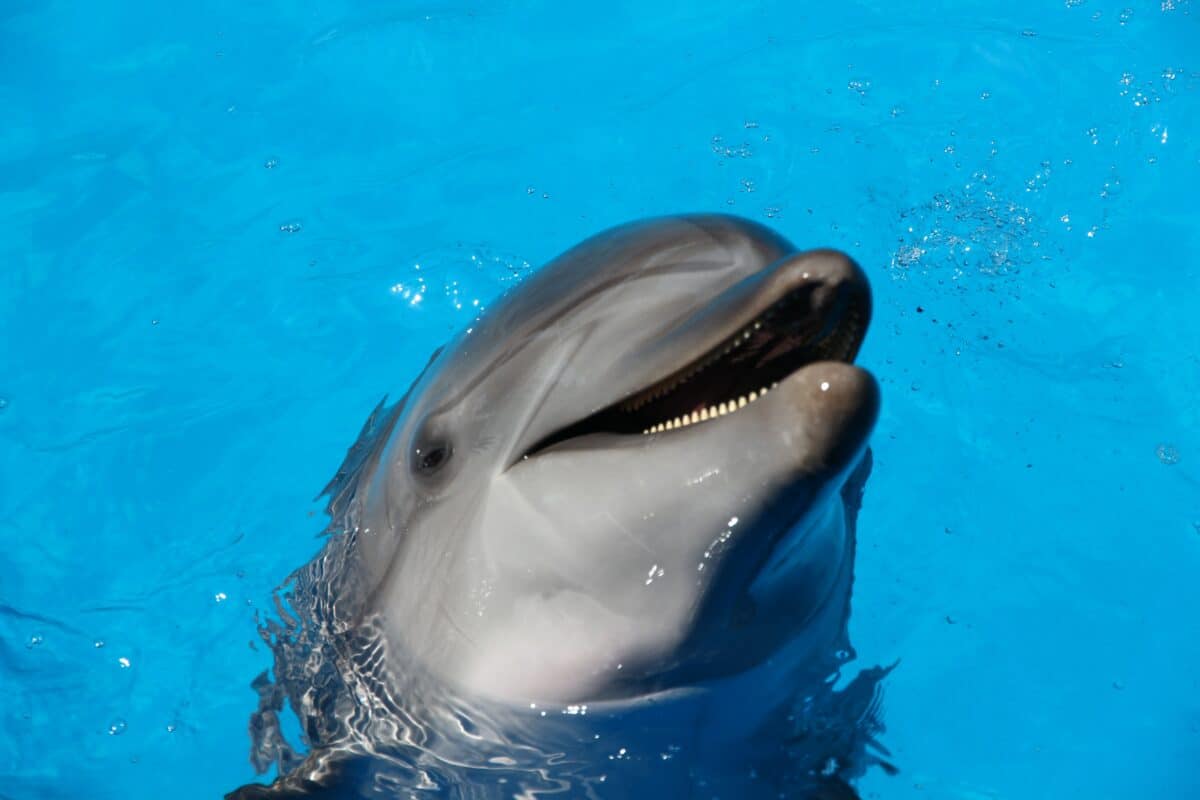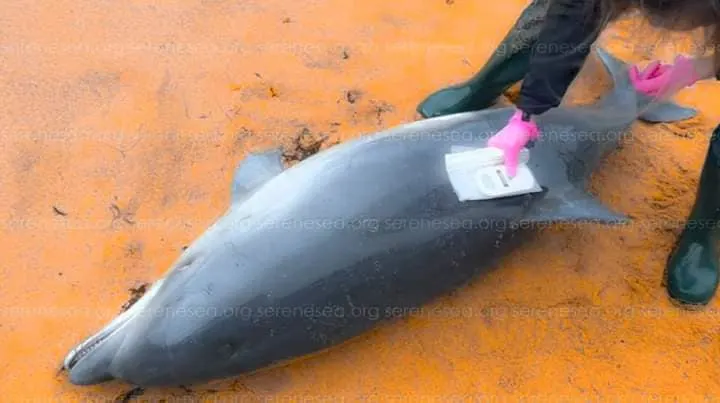Over 100 dolphins have died in the Black Sea in April due to what scientists have determined are military sonars. According to Rusev, the mass deaths are happening even with the relatively low activity of the Russian fleet.
He accuses the individuals responsible for the deaths as “crazy barbarians – and prophages, murderers” who have been destroying cities and towns and killing people for over a year. Rusev claims that the “racist mutants and invaders” do not value nature, culture, or free people.

Key Points
- Mass Deaths of 100 Dolphins in the Black Sea in April, directly linked to Russian actions, according to a report by the Doctor of Ecology, Ivan Rusev.
- The lesions found on the deceased dolphins are consistent with those caused by military sonars, as determined by scientists.
- Bottlenose dolphins now hold the leading position in the death toll in Crimea.
- While over 100 dead dolphins have been recorded, scientists believe that the actual death toll exceeds 1,000.
- Rusev referred to the individuals responsible for the deaths as “crazy barbarians – and prophages, murderers” and accused the Moscow junta and the Russian fascist regime of waging an occupation war against the peaceful Ukrainian people, claiming they do not value nature, culture, or free people.
Dolphins in the Black Sea Linked to the Russians
In a Facebook post on May 1st, Ivan Rusev, Head of the Research Department of the Tuzly Estuaries National Park and Doctor of Ecology, reported that over 100 dolphins died in the Black Sea in April due to Russian actions.
Scientists have determined that the lesions found on the deceased animals are consistent with those caused by military sonars. In occupied Crimea, 77 dead cetaceans have been counted on the coast since January, according to “open” sources in Russia.
Bottlenose dolphins have surpassed Azov and common dolphins, which led the category in 2022 as the species with the highest death toll.
While more than 100 dead animals have been recorded, scientists believe the death toll exceeds 1,000. Rusev thinks that the mass deaths are happening even with the relatively low activity of the Russian fleet.
Rusev referred to the individuals responsible for the deaths as “crazy barbarians – and prophages, murderers” who have been destroying cities and towns and killing people for over a year.
He stated that the Moscow junta and the Russian fascist regime were enemies, waging an occupation war against the peaceful Ukrainian people. Rusev claims that the “racist mutants and invaders” do not value nature, culture, or free people.
The Consequences on the Ecosystem

Bottlenose dolphins play a crucial role in marine ecosystems. As apex predators, they help regulate their prey populations, such as fish and squid, and maintain a healthy balance in the food chain.
They also play a crucial role in nutrient cycling by consuming prey and then excreting waste. Additionally, they contribute to phytoplankton growth and other primary producers. Bottlenose dolphins are also important indicators of the health of marine environments.
Changes in their behavior, distribution, or population can provide insights into the impacts of human activities, such as pollution, overfishing, and climate change, on marine life ecosystems.
Additionally, bottlenose dolphins are social animals that exhibit complex social behaviors, communication, and cultural traditions, making them a subject of scientific interest and conservation concern.
The Bottlenose Dolphin

The bottlenose dolphin is a marine mammal species belonging to the family Delphinidae. They live in warm and temperate waters worldwide. They are known for their grey skin and distinctive elongated snout.
Bottlenose dolphins are brilliant and social animals that live in groups. These groups are referred to as pods, and range in size from a few individuals to hundreds.
They communicate with each other using a variety of clicks, whistles, and body language. Additionally, they can also use echolocation to locate prey and navigate in their environment. Bottlenose dolphins feed on various fish, squid, and other marine organisms and are apex predators in their ecosystems.
They are also popular tourist attractions and are often trained by humans to perform in shows and interact with visitors. However, human activities, such as overfishing, pollution, habitat destruction, and capture for entertainment, pose significant threats to the survival of bottlenose dolphins and their ecosystems.
Thank you for following along with this article!
Next up in the animal news world:
- Pregnant Hammerhead Shark Washes Ashore in Alabama
- 2,000 Endangered Rhinos to the Highest Bidder
- Discover The Most Massive Gorilla Ever (860 Pounds)
- Watch a Tiger taking on an Elephant in the Wild
- Discover the World’s Most Colossal Anaconda (33-Foot-Long)
- Mom and Daughter Takes Hen and Chicks to the Store in Backpacks - April 24, 2024
- Watch: German Shepherd thinks he’s dying at the grooming salon - April 24, 2024
- Watch: Cats Meet Babies for the First Time - April 24, 2024

